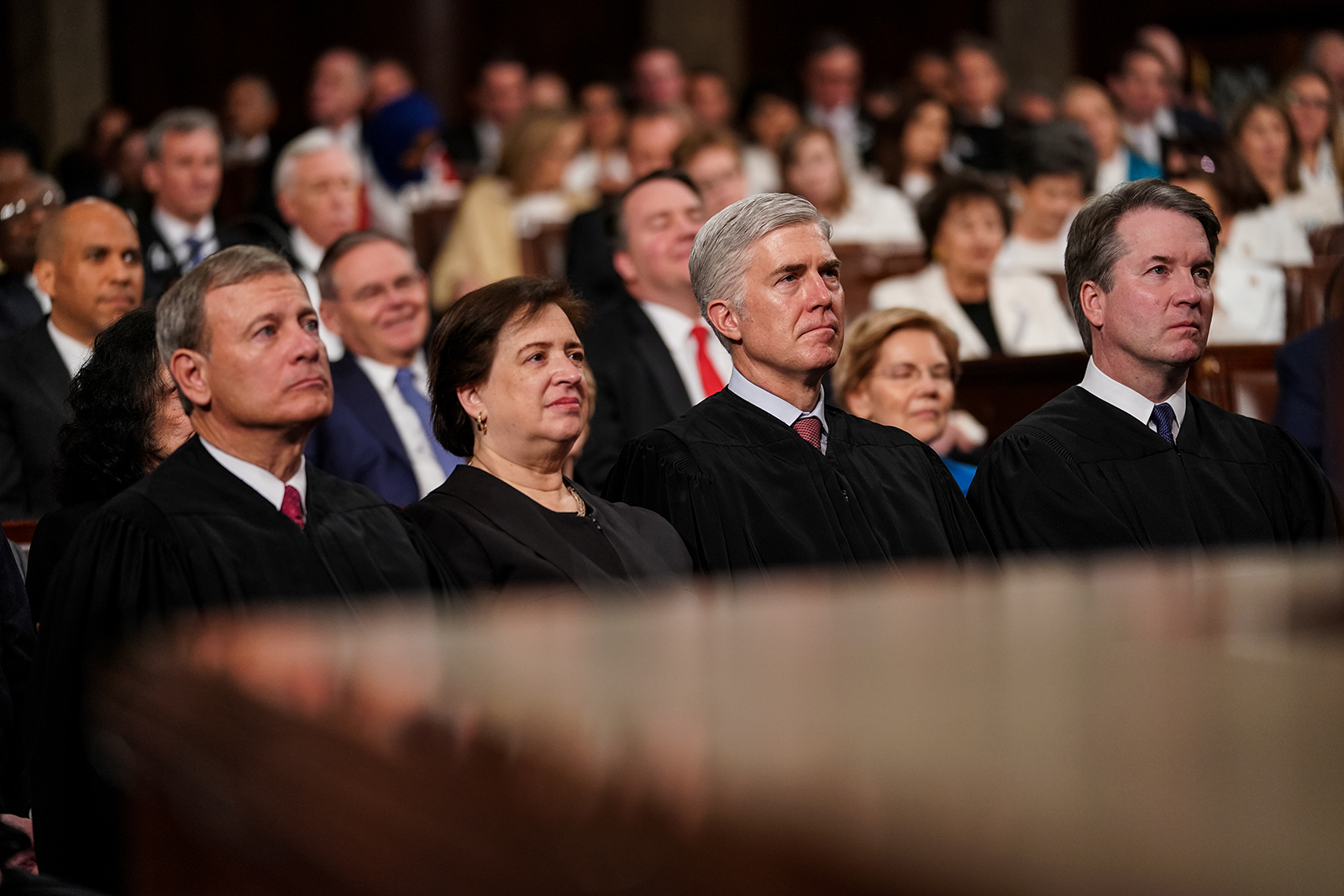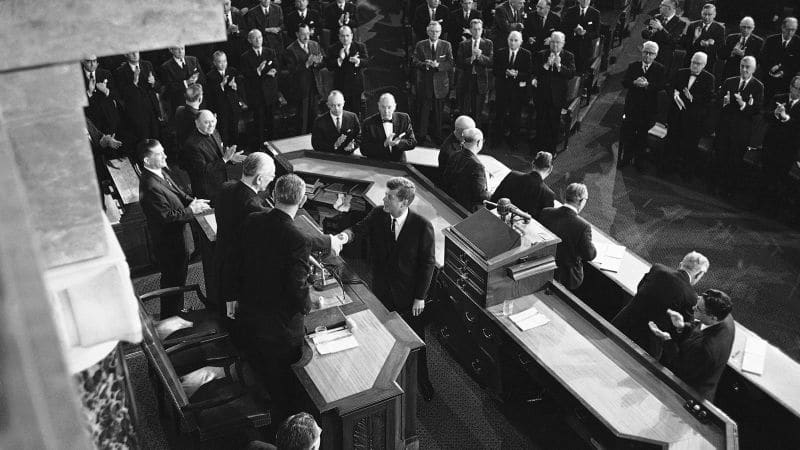In his first State of the Union address to a divided Congress, President Joe Biden will tell congressional Republicans that he wants to work together instead of “fighting for the sake of fighting” and will reiterate his focus on middle class jobs, according to excerpts of his remarks released by the White House Tuesday evening.
“To my Republican friends, if we could work together in the last Congress, there is no reason we can’t work together in this new Congress,” Biden is expected to say.
“The people sent us a clear message. Fighting for the sake of fighting, power for the sake of power, conflict for the sake of conflict, gets us nowhere. And that’s always been my vision for the country: to restore the soul of the nation, to rebuild the backbone of America: the middle class, to unite the country. We’ve been sent here to finish the job!"
As expected, Biden will also talk about his economic plan “investing in places and people that have been forgotten,” and “building an economy where no one is left behind.” He will also address strong economic recovery since the pandemic.
In his speech, Biden will seek to connect with his audience by saying he understands their plight.
"Amid the economic upheaval of the past four decades too many people have been left behind or treated like they’re invisible. Maybe that’s you watching at home. You remember the jobs that went away. And you wonder whether a path even exists anymore for you and your children to get ahead without moving away. I get it," he will say.
Read the full excerpts from his speech:
"The story of America is a story of progress and resilience…We are the only country that has emerged from every crisis stronger than when we entered it. That is what we are doing again. Two years ago our economy was reeling. As I stand here tonight, we have created a record 12 million new jobs – more jobs created in two years than any president has ever created in four years. Two years ago, COVID had shut down our businesses, closed our schools, and robbed us of so much. Today, COVID no longer controls our lives. And two years ago, our democracy faced its greatest threat since the Civil War. Today, though bruised, our democracy remains unbowed and unbroken."
_
"My economic plan is about investing in places and people that have been forgotten. Amid the economic upheaval of the past four decades too many people have been left behind or treated like they’re invisible. Maybe that’s you watching at home. You remember the jobs that went away. And you wonder whether a path even exists anymore for you and your children to get ahead without moving away. I get it. That’s why we’re building an economy where no one is left behind. Jobs are coming back, pride is coming back because of the choices we made in the last two years. This is a blue-collar blueprint to rebuild America and make a real difference in your lives.
—
"To my Republican friends, if we could work together in the last Congress, there is no reason we can’t work together in this new Congress. The people sent us a clear message. Fighting for the sake of fighting, power for the sake of power, conflict for the sake of conflict, gets us nowhere. And that’s always been my vision for the country: to restore the soul of the nation, to rebuild the backbone of America: the middle class, to unite the country. We’ve been sent here to finish the job!"











